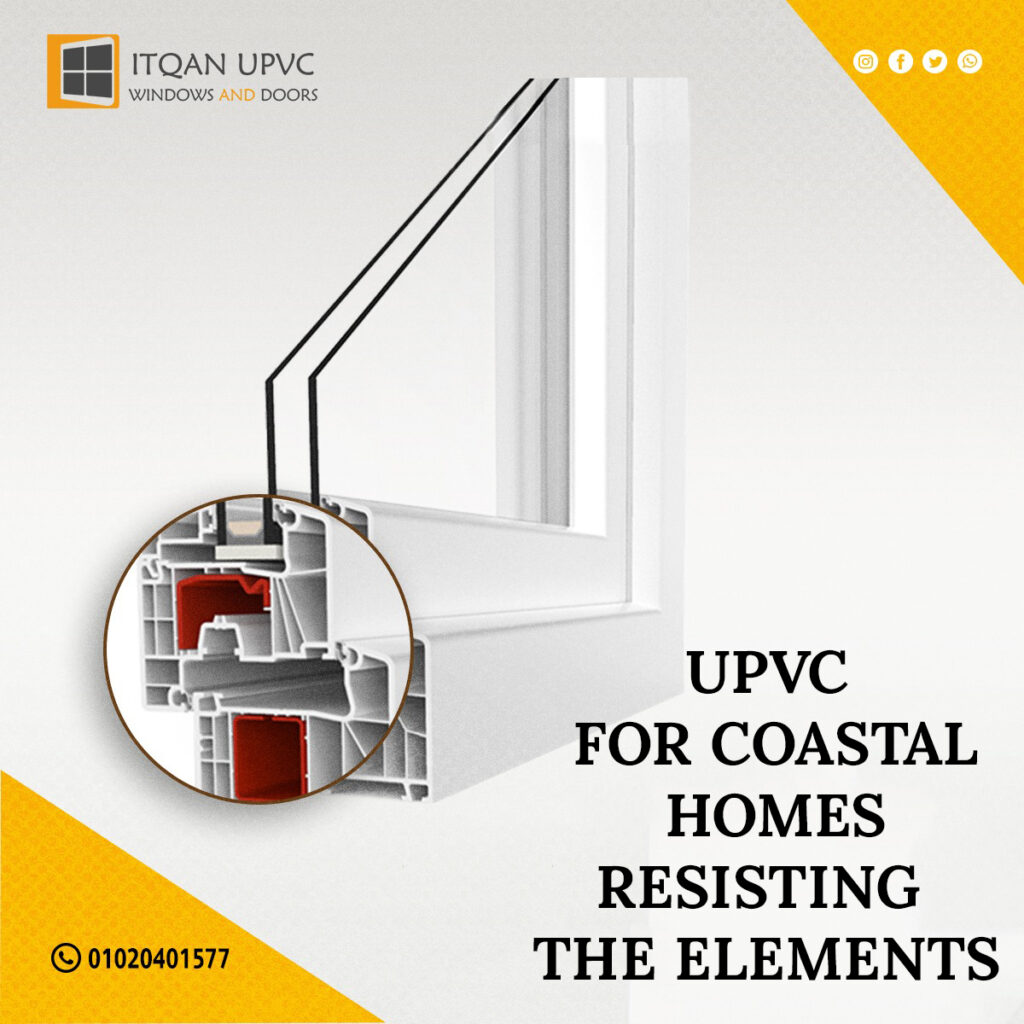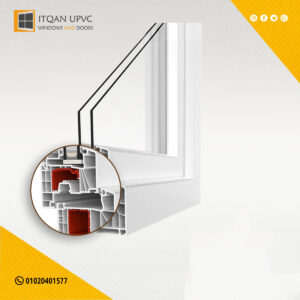Living by the coast offers breathtaking views, soothing sounds of waves crashing against the shore, and a refreshing sea breeze. However, it also exposes homes to the harsh realities of coastal weather conditions. From relentless salt spray to high humidity and strong winds, coastal homes endure a unique set of challenges. To combat these elements and ensure longevity, homeowners need building materials that offer durability, resilience, and low maintenance.
Understanding UPVC
UPVC is a versatile material renowned for its robustness and resistance to corrosion, making it a popular choice for window frames, doors, and other construction applications. Unlike traditional PVC, UPVC is not softened by heat, making it highly durable even in extreme weather conditions. Its inherent strength and resistance to moisture, salt, and atmospheric pollutants make it particularly well-suited for coastal environments.
Benefits of UPVC for Coastal Homes
1. Durability:
UPVC is inherently resistant to corrosion, rot, and decay, making it a durable option for coastal homes. It withstands the corrosive effects of saltwater and high humidity, ensuring longevity without the need for frequent maintenance or replacement.
2. Weather Resistance:
Coastal areas are prone to severe weather conditions such as storms, high winds, and heavy rain. UPVC windows and doors provide excellent weatherproofing, offering protection against water ingress, wind-driven rain, and airborne salt particles. This weather resistance helps maintain the structural integrity of the home, keeping occupants safe and comfortable.
3. Low Maintenance:
UPVC requires minimal maintenance compared to traditional materials like wood or metal. It does not rot, warp, or corrode, eliminating the need for regular painting or sealing. Routine cleaning with mild detergent and water is typically sufficient to keep UPVC surfaces looking pristine, allowing homeowners to spend more time enjoying their coastal lifestyle and less time on upkeep.
4. Energy Efficiency:
UPVC windows and doors contribute to energy efficiency by providing excellent insulation properties. They help prevent heat loss in winter and minimize heat gain in summer, reducing reliance on heating and cooling systems. This not only enhances comfort but also lowers energy bills, making UPVC an eco-friendly choice for coastal homes.
5. Aesthetic Appeal:
In addition to its functional benefits, UPVC offers versatility in design, allowing homeowners to customize their coastal abodes according to their preferences. Whether replicating the charm of traditional wooden frames or opting for sleek modern profiles, UPVC can complement any architectural style while enhancing the overall aesthetic appeal of the property.
When it comes to building or renovating coastal homes, selecting the right materials is crucial for withstanding the challenges posed by the marine environment. UPVC emerges as a top choice for its exceptional durability, weather resistance, low maintenance requirements, energy efficiency, and aesthetic appeal. By investing in UPVC windows and doors, homeowners can enjoy peace of mind knowing that their coastal retreats are well-equipped to withstand the elements and stand the test of time.
Whether overlooking the ocean or nestled within a seaside community, UPVC-equipped coastal homes offer not only stunning views but also lasting comfort and protection against nature’s forces. Embracing UPVC as a building material is not just a practical choice but a smart investment in the longevity and resilience of coastal properties.
Maintaining UPVC for Longevity
While it is highly durable and low maintenance, there are still some steps homeowners can take to ensure its longevity:
1. Regular Cleaning:
Keep UPVC surfaces clean by regularly wiping them with a soft cloth or sponge dampened with mild detergent and water. This helps prevent the buildup of dirt, grime, and salt deposits, preserving the material’s appearance and integrity.
2. Lubrication:
Periodically lubricate hinges, locks, and other moving parts of UPVC windows and doors to ensure smooth operation. Use a silicone-based lubricant to prevent rust and corrosion while maintaining functionality.
3. Avoid Harsh Chemicals:
Refrain from using abrasive cleaners, solvents, or harsh chemicals on UPVC surfaces, as these may cause damage or discoloration. Stick to gentle cleaning solutions to maintain the material’s original finish.
4. Check Seals and Gaskets:
Inspect the seals and gaskets around UPVC windows and doors regularly for signs of wear or damage. Replace any worn-out seals to maintain optimal weatherproofing and prevent air or water infiltration.
5. Trim Surrounding Vegetation:
Keep vegetation trimmed and away from UPVC fixtures to prevent foliage from rubbing against or causing damage to the material. This also helps improve airflow around windows and doors, reducing the risk of moisture accumulation.
6. Professional Inspection:

